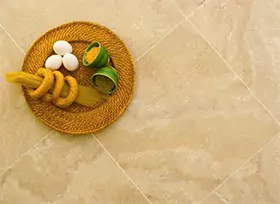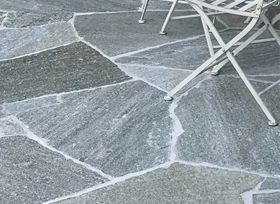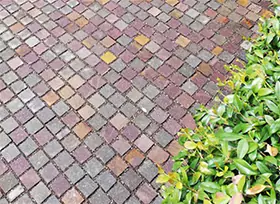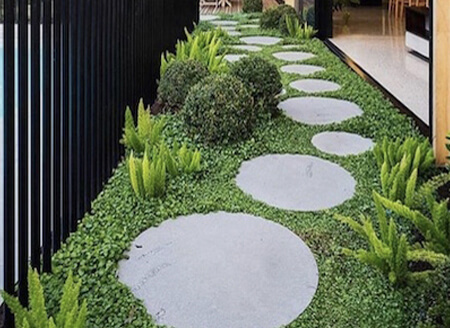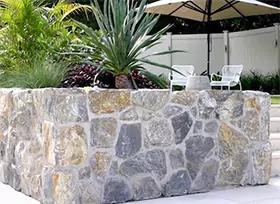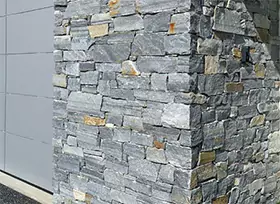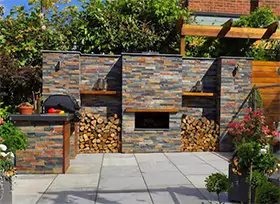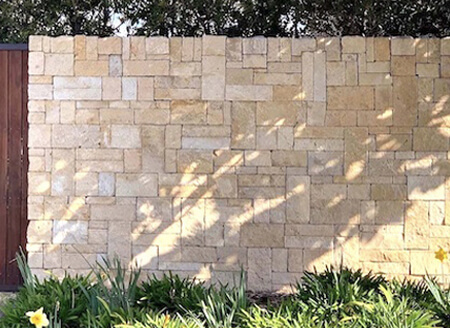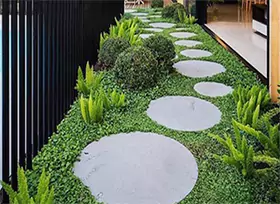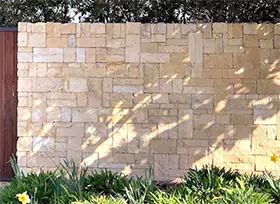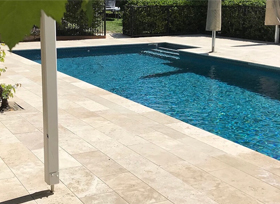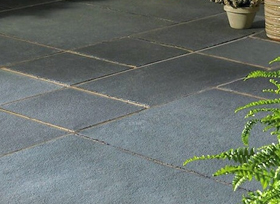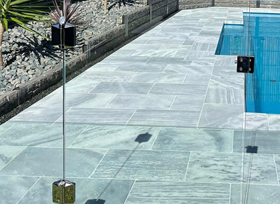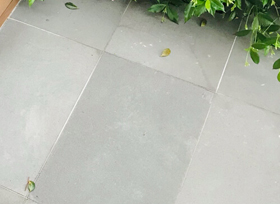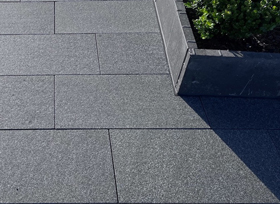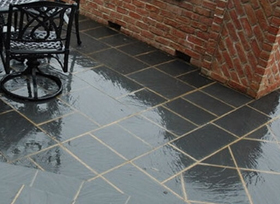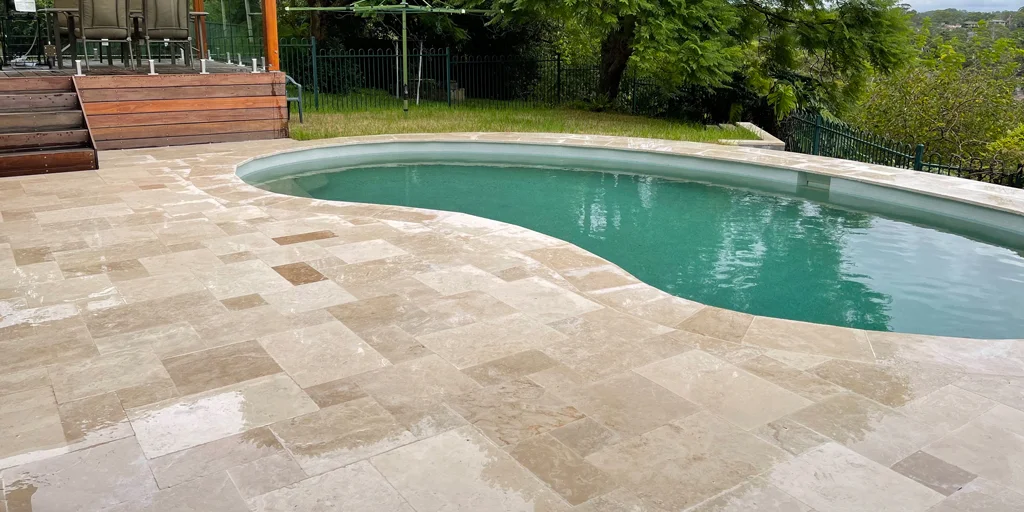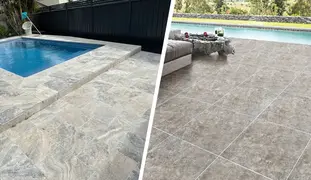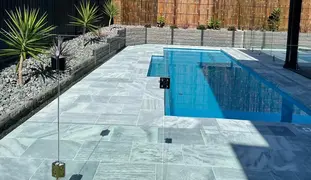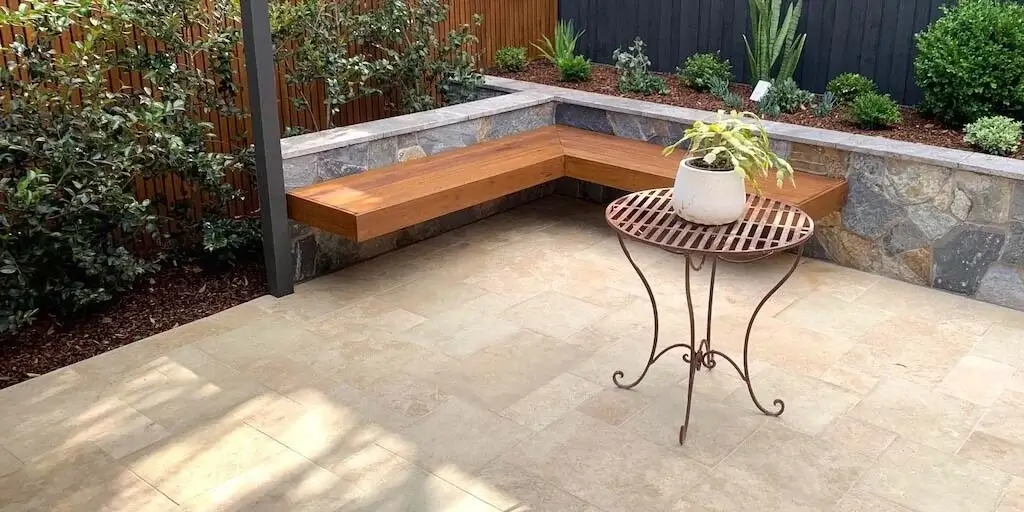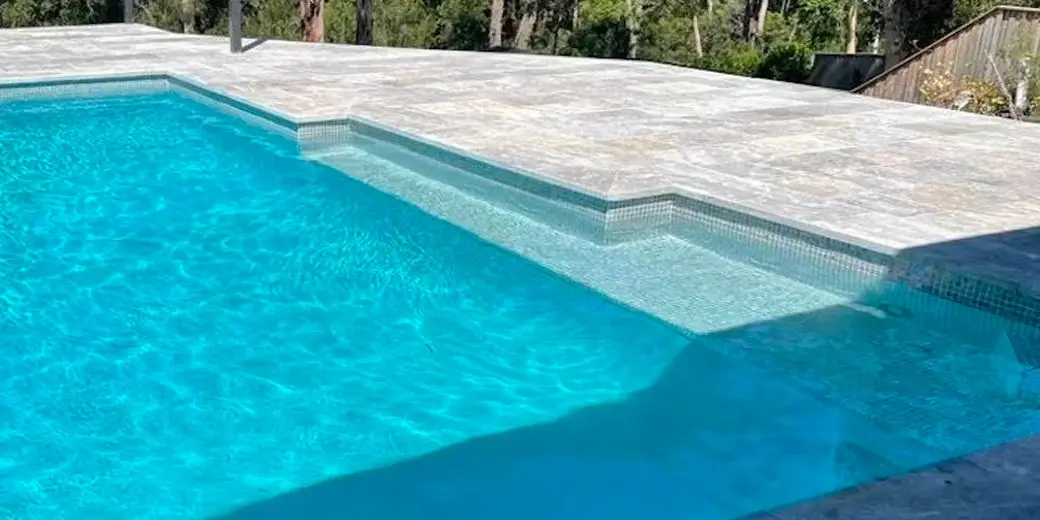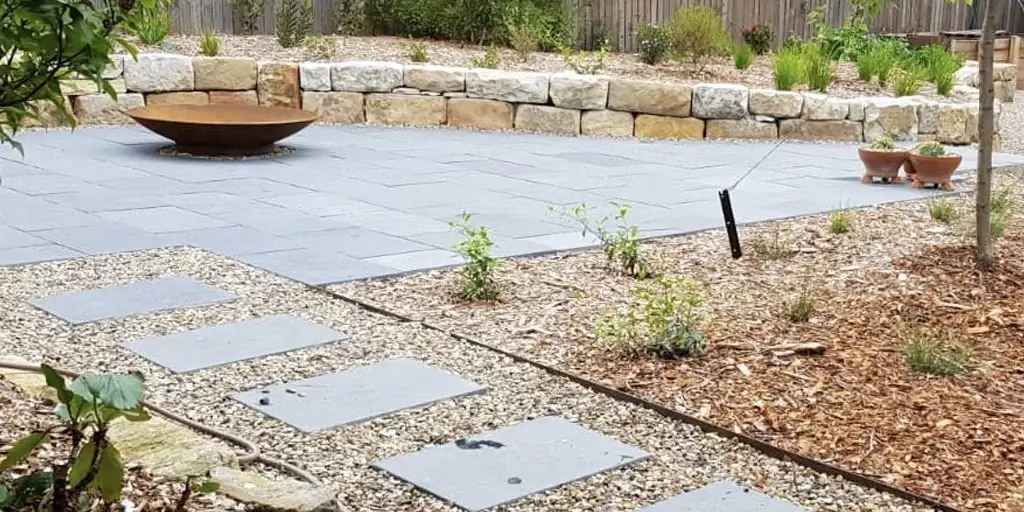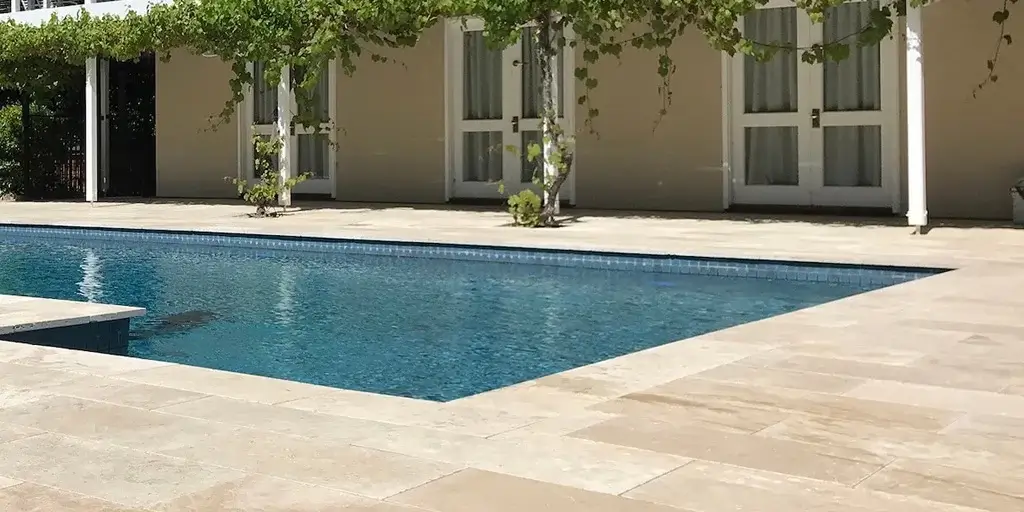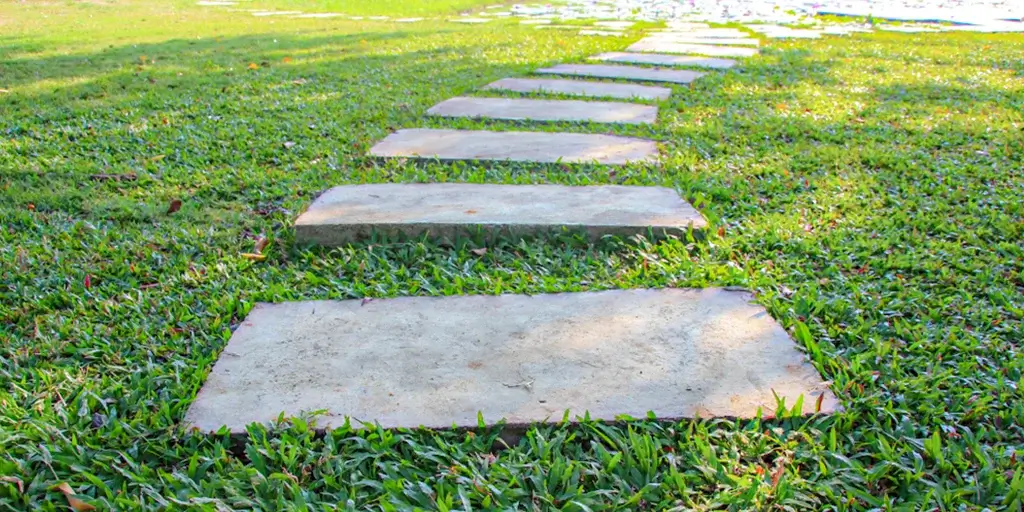Travertine is often perceived as a delicate stone that requires too much maintenance. It discourages a lot of people from choosing Travertine as a paving material. That’s not the property of this natural stone; against all misconceptions, it is rather easy to maintain.
However, first, let’s know a bit more about this stone.
About Travertine Pavers
Travertine pavers are a building material used to construct beautiful outdoor spaces such as patios, alfresco areas, walks, backyards and pool surrounds. When used with a honed surface finish, Travertine can be used to beautify indoor settings as well. Travertine pavers are popular for paving and landscaping because of their durability and ease of installation. However, appropriate installation is critical to achieving a successful and beautiful outcome.
Hacks to Maintain Travertine Pavers
Here are some fewer known hacks to maintain Travertine pavers that you must try.
Sweeping
Make frequent cleaning a part of Travertine stone’s ongoing maintenance. Sweeping the pavers regularly would help keep dust or dirt away. It would also prevent the build-up of debris and permanent grime. If sweeping is time-consuming, you can pressure wash Travertine pavers occasionally, increasing their life. Remember, pressure washing might harm the coating of the seal on the stone. It is advisable to seal them again after washing.
Removing stains
Stains of rust, mould, or spills can be easily cleaned by simple scrubbing. If the pavers have been freshly sealed, the stains are probably superficial and will disappear by scrubbing or wiping. You can try a simple soap and water solution, too. However, if the stains have penetrated the sealing, you can try these simple methods:
(i) Using Hydrogen Peroxide
- Pour some hydrogen peroxide on the affected place.
- Spread it with a granite cleaning pad or soft-bristled brush.
- Let the solution sit on the stain for 24 hours and rinse with water thoroughly.
(ii) Using Baking Soda
- Mix equal parts of water, baking soda, and a little regular cleanser.
- Blend the mixture and brush on the stained area.
- Rinse thoroughly after the paste has been on the stain for at least 20 minutes.
- If the stain is of vinegar, mix baking soda with acetone and let it sit on it for 24 hours. Rinse with water, wipe the surface and apply a sealant.
Sealing
It is imperative to seal natural stones since they are porous. Sealant is usually a transparent solution applied to the stone’s surface. Sealing creates a protective layer on the surface, preventing stains, moisture absorption, or dust accumulation. Unfilled Travertine (the one with holes) should also be sealed to prevent the pores from collecting dust, grime, or getting stained. Travertine should be sealed after installation, after which periodic sealing is highly recommended. You can do that every one to two years or after chemically treating the pavers.
Removing mould
Travertine pool pavers, Travertine pool copings, or paving in humid places are prone to mould growth. It’s a kind of fungal growth that thrives on organic substances. It can grow in places that are in shade or do not receive enough sunlight. Improper drainage, plumbing leakage, poor construction detailing, or bad landscaping encourage mould development. They can cause permanent stains, cracks, or bacterial infiltration in the long run. Follow the below-mentioned method to remove them from Travertine pavers and stop mould and moss growth in the future.
- Wet the area.
- Prepare a solution of hot water with mild soap or detergent.
- Now dip a scrubbing brush in the solution and start stroking the pavers. The bristles should not be too hard or metallic else they would scratch the surface.
- As you continue to brush the pavers, the mould would start to separate from the surface. Repeat until all of it has come off.
- Wash the area with plain water to remove the detergent residue and remaining mould scraps.
- Suppose any residue remains on the surface; wet the area again with a soap solution. Sprinkle talc powder on stains, allow the talc to absorb them, and let it sit on pavers until dry. After that, sweep with a scrubbing brush and finish by rinsing with plain water. Now, leave the pavers to dry.
Removing weed
Weed is another organic substance that haunts Travertine users. However, managing weed is not a tedious task. You can remove the weed from its roots and chemically treat them to deter future growth. Otherwise, the mould mentioned above removal steps can also be followed for weeding.
Alternatively, run a weed-whacker along the edge of the yard and pavers. You can also add stone edgers to separate the lawn and pavers. For those who do not know what a weed-whacker is, it is an electric grass trimmer with a nylon cutting cord that rotates rapidly on a spindle.
What Not to Do with Travertine Pavers?
Travertine is a sedimentary rock, a pre-stage of limestone. Despite the calcium carbonate in the stone, it is prone to getting etched when it comes in contact with acid. Do not use cleaners if they contain one of the following ingredients or fall into the following categories:
- General-purpose cleaners
- Acidic solutions, vinegar, lemon
- Ammonia, bleach
- Commercial cleaners with alkaline not meant for Travertine stone
- Scouring cream or powder
- Also, avoid extreme heat or pressure to clean the stone
By now, you would agree that maintaining Travertine pavers is not a Hercules task as perceived. If you are quick and carefully plan the cleaning task, the pavers last long. What’s better than pavers that look good and can be easily maintained? To know more about Travertine paving, please feel free to get in touch with our stone experts.
Frequently Asked Questions
1 How can I keep stains from appearing on Travertine pavers?
Apply a penetrating sealant to your Travertine pavers regularly to prevent stains. This protective layer repels liquids and lowers the possibility of tenacious stains.
2 What is an easy tip to keep Travertine pavers looking fresh?
To clean your Travertine pavers regularly, make a solution of mild dish soap and water. This delicate cleaning procedure helps to preserve their natural beauty while inflicting no harm.
3 What should I do about precipitation on Travertine pavers?
To combat efflorescence, clean the afflicted areas with water and white vinegar. This solution aids in the dissolution of the salt deposits that cause efflorescence.
4 Is there any way to keep mould and mildew from growing on Travertine flooring?
Maintain appropriate drainage around your Travertine pavers to avoid water collection, as mould and mildew flourish in moist environments. Remove debris and organic materials regularly to reduce the likelihood of growth.
5 Can common home cleansers be used on Travertine pavers?
Avoid using acidic or abrasive cleansers on Travertine since they can damage the surface. Use pH-neutral cleansers formulated exclusively for natural stone surfaces.
6 How do I deal with Travertine paver scratches?
For minor scratches, lightly rub the damaged area with a soft cloth and stone polish.
*Disclaimer: All information and advice given above in the blog are to the best of our knowledge. Please reconfirm at your end before execution.




